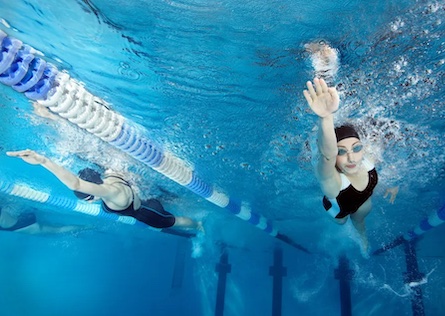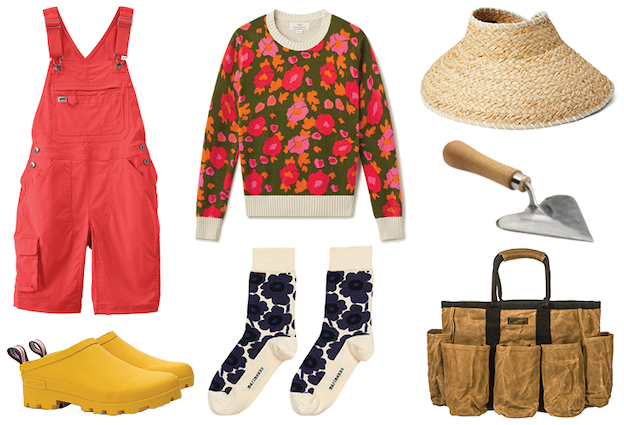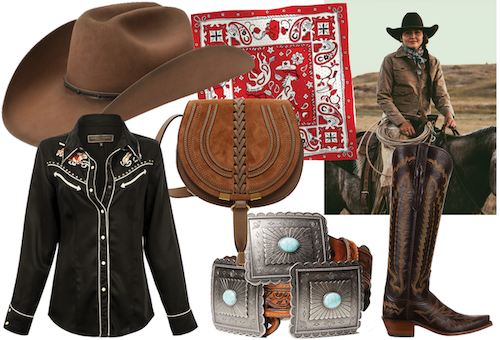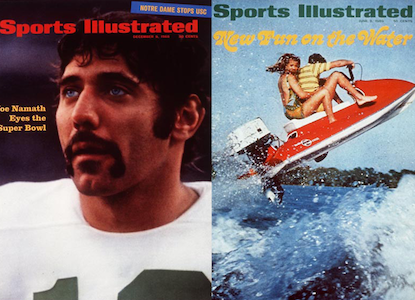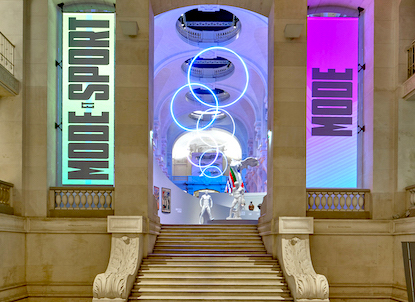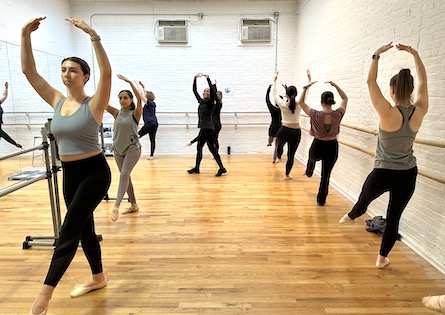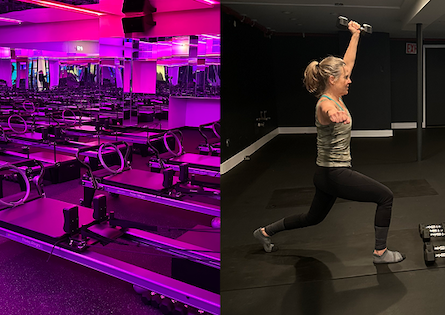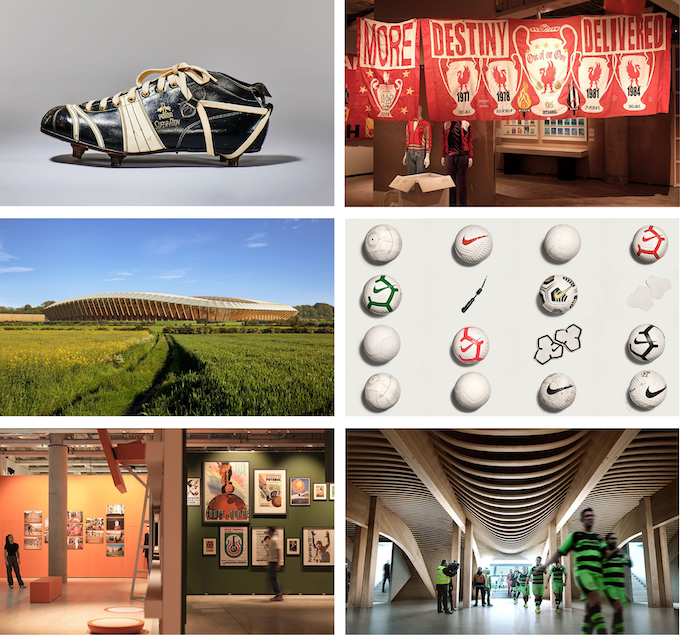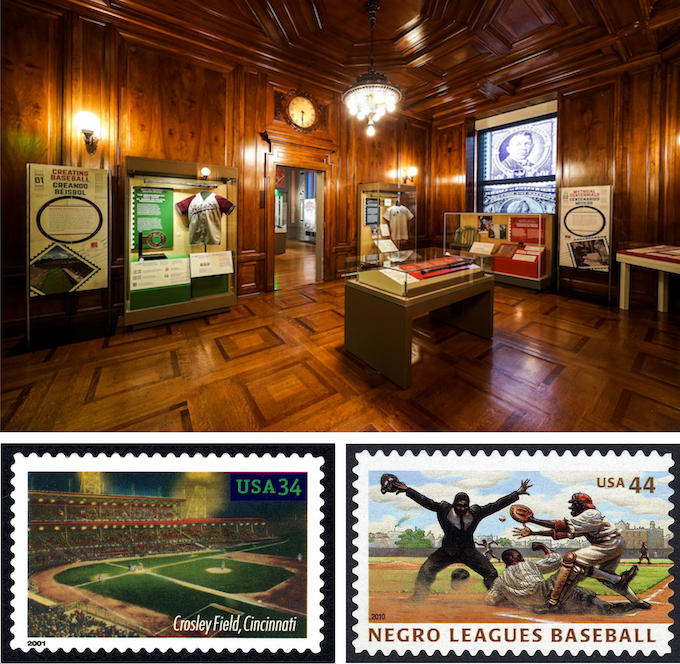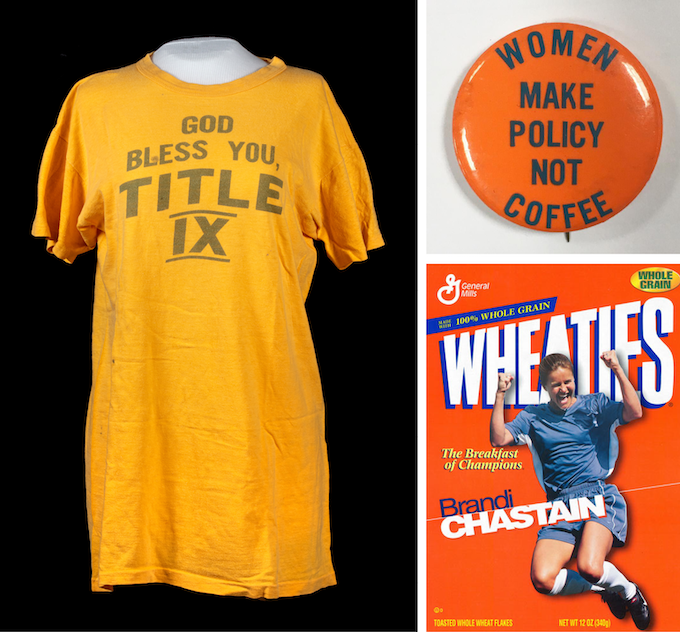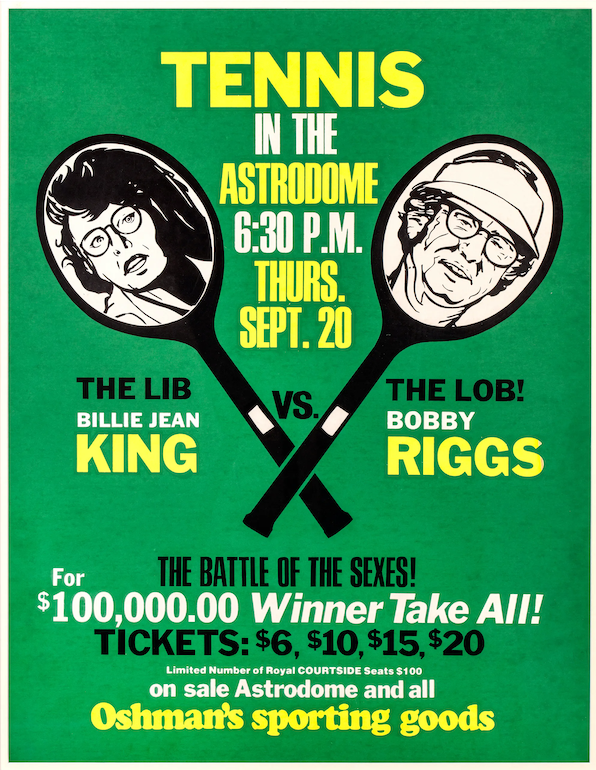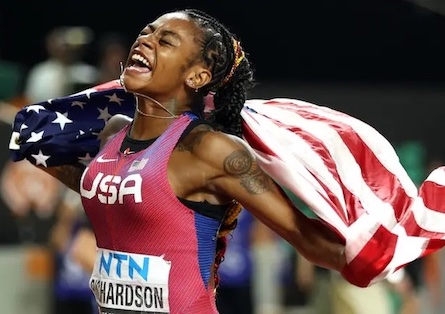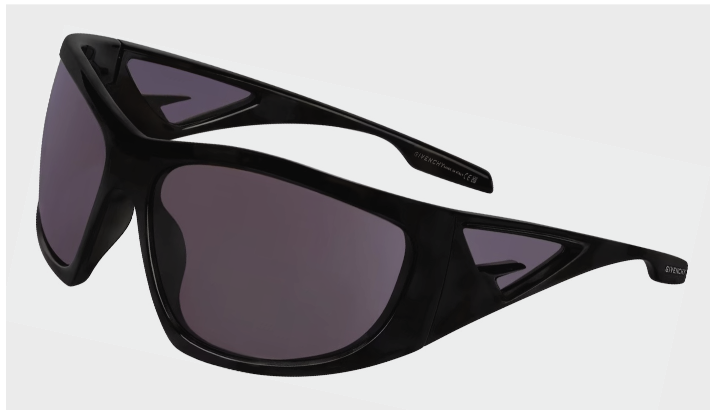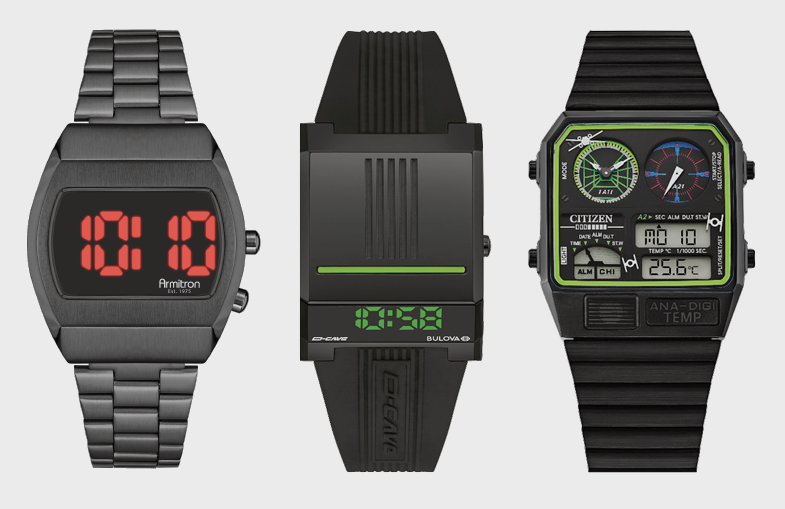There are currently four must-see sport themed installations and exhibitions on view sure to pique anyone’s interest, sports fan or not. From basketball in Marseille, to football (soccer) in London, to baseball and Title IX in the USA, these shows take an inside look at the most popular sports through a unique set of lenses: design, photography, architecture, and history. Should you be traveling abroad or staying closer to home this summer, be sure to catch these shows before they close!
FOOTBALL: DESIGNING THE BEAUTIFUL GAME (above)
The Design Museum
Kensington, London
April 8 – August 29, 2022 (closing soon)
With 2022 marking 150 years of The Football Association in the UK, Football: Designing the Beautiful Game showcases how design has pushed the world’s most popular sport to new limits. Produced in partnership with the National Football Museum in Manchester, the show features over 500 historical objects, films, and interviews with club legacies and such legends as Edson Arantes do Nascimento (Pelé), Lionel Messi, Zinedine Zidane, Diego Maradona, and more.
Visitors can look forward to immersive stadium reconstructions and tours of some of the world’s most important football venues which explore how football helped shape communities. This includes destinations such as Wembley, Stamford Bridge and San Siro, alongside future-facing projects from leading industry figures like Herzog & de Meuron, Populous and Zaha Hadid Architects. From design enthusiasts to football fans, the show caters to all.
DANIEL ARSHAM: LE MODULOR DU BASKETBALL
MAMO
Centre d’art de la Cité Radieuse
Marseille, France
June 25 – September 25, 2022
La Cité Radieuse in Marseille was designed by Le Corbusier in the 1950s as one of the famous “unites d’habitation”, residential housing projects that were commissioned after WWII in the wake of the destruction of wartime bombings in France. A new installation by Daniel Arsham At MAMO, the rooftop exhibition space at La Cité Radieuse, pays homage to Le Corbusier’s design and style. Blending themes of sport and history, Arsham returns the space to its original function as a gymnasium, reimagined as a basketball court.
Incorporating the reds, yellows and blues found in Corbusier’s Le Poème de L’angle Droit (1955), Arsham has transformed the iconic imagery from the building: Le Corbusier’s sun graphic has become a basketball with rays that form the three-point line of the court. The Modular Man on the exterior of the building is altered and holds a basketball, also appearing on championship style banners hanging from the ceiling. Arsham’s erosion technique is applied to basketball racks inspired by Le Corbusier’s famous lounge chairs. The basketball hoop and backboard reference Le Corbusier’s Open Hand symbol.
On the outdoor terrace are three bronze sculptures. Two classical female figures are derived from Greek and Roman antiquities and a Delorean treated with the same green patina and crystalized details that are the signature of his work.
Copyright United States Postal Service. All rights reserved.
BASEBALL: AMERICA’S HOME RUN
Smithsonian National Postal Museum
Washington, D.C.
April 9, 2022 – January 5, 2025
Baseball: America’s Home Run explores our national pastime through a unique, postal lens. Using material from the National Postal Museum’s collection; original stamp art from the United States Postal Service; and artifacts loaned by other Smithsonian museums, the National Baseball Hall of Fame and Museum, and private collectors, this exhibition explores the surprising ways that baseball and postal history have been deeply intertwined since the early twentieth century.
In celebration of the recent 150th Anniversary of Professional Baseball, the exhibit features historic objects loaned from private collections that have never before been on public display. These rare artifacts — exclusively shared with the public as part of the exhibition — showcase a treasure trove of historically significant game-worn uniforms, jackets, hats, game-used bats, and memorabilia from America’s pastime. Artifacts from the stars of the major leagues ensure this exhibition is a must-visit for anyone who loves the game.
TITLE IX: ACTIVISM ON AND OFF THE FIELD
New-York Historical Society
New York City
May 13 – September 4, 2022
Title IX: Activism On and Off the Field commemorates the 50th anniversary of Title IX and immerses visitors in the groundbreaking 1972 legislation. Title IX was an addition to the Education Amendments Act of 1972 that prohibited discrimination based on sex in federally funded education programs or activities. The exhibition traces its evolution through those whose personal and professional experiences with sex discrimination in education and federal government agencies made them advocates for Title IX.
The exhibition includes personal items, photographs, and a re-creation of a campus kiosk advertising Take Back the Night demonstrations over the last 30 years, which in the 70’s became the first worldwide movement to combat sexual violence. Artifacts from professional athletes and the consumer culture that arose to celebrate them — from Barbie dolls to Wheaties boxes — chart the opportunities for women athletes and the new standards of femininity and strength. Children’s books and classroom materials from the 1970s to the present day show how as understandings of gender have changed, so too has the definition of sex discrimination.
BILLIE JEAN KING: TENNIS COURT TO CAPITOL HILL
In 1973, Billie Jean King’s triumph over Bobby Riggs in the Battle of the Sexes made her one of the most public faces of the women’s movement. King eagerly used her time in the national spotlight to speak out on gender equity in athletics and in education. Adjacent to the Title IX exhibit are photographs and objects from the Billie Jean King Archive that showcase how the tennis legend used her celebrity to support female athletes, Title IX, and the women’s liberation movement.
Less than two months after her Battle of the Sexes victory, King appeared before seven male senators from a U.S. Senate Subcommittee in favor of the Women’s Educational Equity Act, which would establish federal grants for institutions instituting changes to meet Title IX requirements. Emphasizing that women did not want special treatment, but simply equal rights, King called out the funding inequities, poor facilities, and persistent stereotypes that female athletes faced. The Women’s Educational Equity Act became law in August 1974, bolstering the still-new Title IX.

